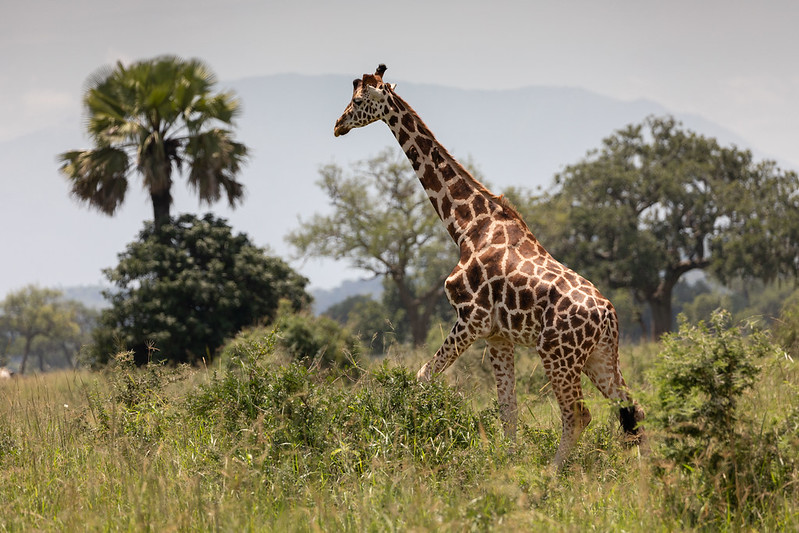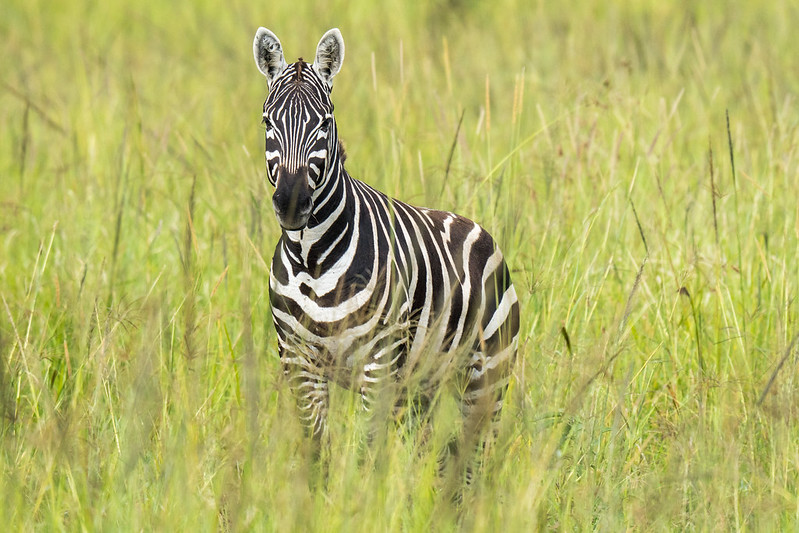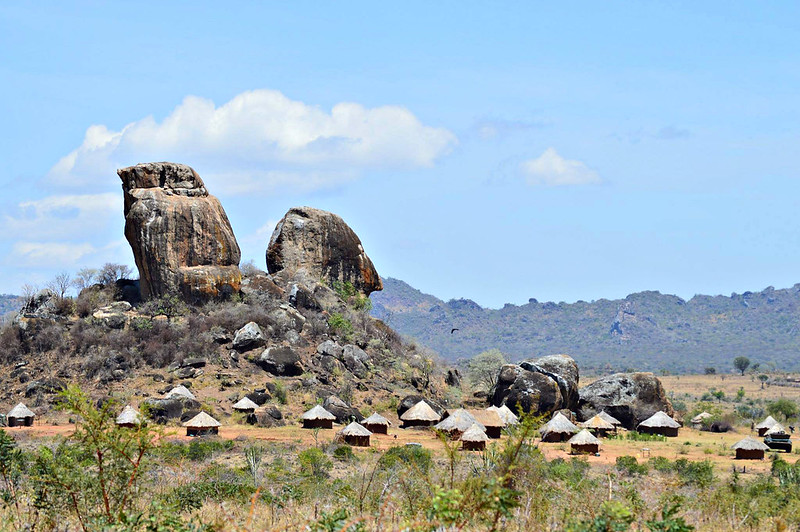Affordable wildlife safaris in kidepo valley national park 2024 (budget Uganda safaris)
Kidepo Valley National Park: Wildlife Safaris in Uganda are exceptional to do in Uganda on holiday. Kidepo Valley National Park: Wildlife Safaris in Uganda are reliable to all kinds of travelers on holiday safaris in Uganda. what is kidepo valley national park famous for? kidepo valley national park is well known for wildlife safaris.
 Kidepo Valley National Park is a 1,442 square kilometres (557 sq mi) national park in the Karamoja region in northeast Uganda. Kidepo is rugged savannah, dominated by the 2,750 metres (9,020 ft) Mount Morungole and transected by the Kidepo and Narus rivers.
Kidepo Valley National Park is a 1,442 square kilometres (557 sq mi) national park in the Karamoja region in northeast Uganda. Kidepo is rugged savannah, dominated by the 2,750 metres (9,020 ft) Mount Morungole and transected by the Kidepo and Narus rivers.
Kidepo Valley National park is located in Kaabong District, in the northeastern corner of Uganda. The park is located approximately 220 kilometers (140 mi), by road northwest of Moroto, the largest town in the sub-region. Its location is approximately 520 kilometres (320 mi), by road, northeast of Kampala, Uganda’s capital and largest city.
The northwestern boundary of the park runs along the international frontier with South Sudan and abuts against the Kidepo Game Reserve.
History of kidepo valley national park
Dodoth pastoralists and Ik farmers lived in the area before it was gazettes as a game reserve by the British colonial government in 1958. The purpose was both to protect the animals from hunting and to prevent further clearing of bush for tsetse fly-control. The eviction of the resident people and the resultant famine, especially among the Ik, is cited in contemporary protected area management as an example of the unacceptable consequences of not taking community needs into account when designating reserves.
 The newly independent Government of Uganda under Milton Obote converted the reserve into the Kidepo Valley National Park in 1962.
The newly independent Government of Uganda under Milton Obote converted the reserve into the Kidepo Valley National Park in 1962.
The first Chief Warden of the National Park was Ian Ross, a Briton. In 1972 Paul Ssali, a Ugandan, replaced him. Their handover and training was the subject of the 1974 American documentary film, “The Wild and the Brave.”
Geology
The park consists of the two major valley systems of the Kidepo and Narus Rivers. The valley floors lie between 3,000 feet (910 m) and 4,000 feet (1,200 m) AMSL.
Kanangorok (also spelled Kananorok or Kanatarok) is a tepid hot spring in the extreme north of the Park, beside the South Sudanese boundary.
This spring is the most permanent source of water in the park. The soil in the park is clayey. In the Kidepo Valley black chalky clay and sandy-clay loam predominate, while the Narus Valley has freer-draining red clays and loams.
Biology
Most of the park is open tree savannah. Because of differences in rainfall — with annual averages of 89 centimeters (35 in) in Narus and 64 centimeters (25 in) in the Kidepo basin — vegetation and animal populations vary between the two valleys.
Narus Valley
Primary grasses in the Narus Valley are the shorter red oat grass and taller bunchy Guinea grass and fine thatching grass. Common trees in the drier areas are red thorn acacias, desert dates, and to a lesser extent drumstick trees. The iconic sausage trees and fan palms line the water course. Euphorbia candelabrum and the shorter monkey bread (or camel’s foot) and Buffalo thorn trees are also found.
 Perennial water makes the River Kidepo an oasis in the semi-desert which hosts over 86 mammal species including lion, cheetah, leopard, bat-eared fox, giraffe — as well as almost 500 bird species.
Perennial water makes the River Kidepo an oasis in the semi-desert which hosts over 86 mammal species including lion, cheetah, leopard, bat-eared fox, giraffe — as well as almost 500 bird species.
Kidepo Valley
Streams in the Kidepo Valley are likewise dotted with palms. Higher areas are whistling thorn acacia bush.
Park Management
The park is managed by the Uganda Wildlife Authority. The USAID is currently (as of August 2013) financing the improvement of roads within the park.
Kidepo valley national park activities
Giraffe
During the 1960s Kidepo had a sustainable Rothschild giraffe population of over 400 animals. By 1992 this had been poached down to only three animals, including a single female. In 1997 Warden Peter Möller obtained funding from the Frankfurt Zoological Society to translocate giraffes from Kenya’s Lake Nakuru National Park. Three females and one male were flown to Kidepo. The largest female died of transport injuries and the male was eaten by lions shortly after being released.
Tourism
Game viewing is possible by vehicles on dirt roads that crisscross the southern and western parts of the park. A few trunk roads are improved with murram and are passable in all weather.


